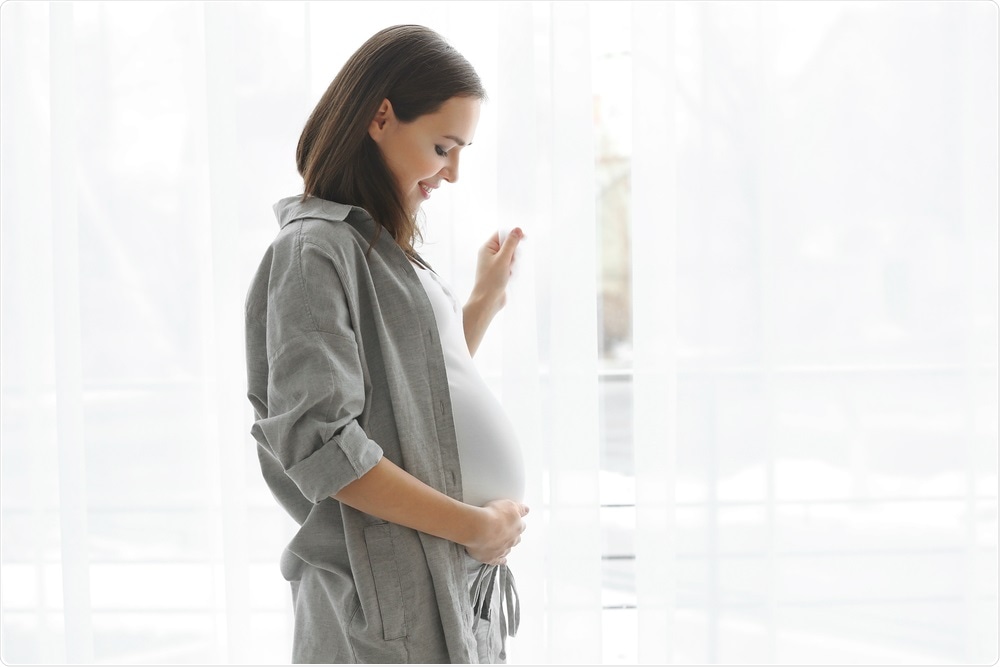Researchers have discovered that lipid metabolism is disrupted after childbirth in women suffering from gestational diabetes, who subsequently develop type 2 diabetes.

Image Credit: Africa Studio/Shutterstock.com
The study results, which were recently published in the eLife journal, indicate that certain lipids could help estimate the progression from gestational diabetes to type 2 diabetes, especially in women who have recently given birth. Lipids are molecules that constitute the building blocks of living cells, preserve energy, and can act as cellular messengers.
This discovery may someday help doctors identify women at risk of developing type 2 diabetes following pregnancy and ensure that they receive the right kind of preventive care.
Around 1% to 14% of pregnant women are known to be affected by gestational diabetes, which is a major complication. This condition occurs when a pregnant woman is incapable of producing a sufficient amount of the hormone known as insulin, and if left untreated, it can result in alarmingly high blood sugar.
When a majority of the women recover after childbirth, over one-third will develop type 2 diabetes within a decade; however, researchers are yet to figure out why.
It is critical to uncover the underlying metabolic changes that cause women to develop type 2 diabetes so that we can identify and start preventing more of these cases.”
Mi Lai, Study Lead Author and Postdoctoral Research Fellow, University of Toronto
To perform this, Lai and her collaborators examined over 1,000 different types of lipids found in fasting blood plasma samples. These samples were obtained from 350 women who had gestational diabetes within 6 to 9 weeks following their delivery.
Among these, 171 women progressed to develop type 2 diabetes within the next 8 years, while the remaining 179 did not. The study detected 311 lipids related to a higher risk of developing diabetes, and 70 lipids related to a lower risk.
The researchers discovered that dyslipidemia after childbirth, in which an abnormal level of lipids occurs in the blood, is caused by increased metabolism of glycerolipid. Glycerolipid stimulates lipid storage in the body—and the inhibition of two other forms of lipid known as sphingolipids and phospholipids.
There appears to be an increase in the formation of fat prior to the onset of type 2 diabetes, This process shifts metabolites towards triacylglycerol formation and away from phospholipids and sphingolipids, and this might be the driving force of the onset of the disease.”
Feihan Dai, Study Co-Senior Author and Research Scientist, Department of Physiology, University of Toronto
Furthermore, the researchers demonstrated that testing women for variations in a set of 11 lipids might help estimate which individuals are likely to develop type 2 diabetes. Integrating this lipid panel with a pair of routine postpartum tests for blood sugar levels was further effective at detecting which women are likely to develop the condition.
Our findings lay the groundwork for further research and possible development of new methods to help predict the progression from gestational diabetes to type 2 diabetes in women following childbirth. Predicting this risk early would allow for the timely intervention and prevention of diabetes in new mothers.”
Michael Wheeler, Study Co-Senior Author and Professor, Department of Physiology and Medicine, University of Toronto
Source:
Journal reference:
Lai, M., et al. (2020) Underlying dyslipidemia postpartum in women with a recent GDM pregnancy who develop Type 2 diabetes. eLife. doi.org/10.7554/eLife.59153.